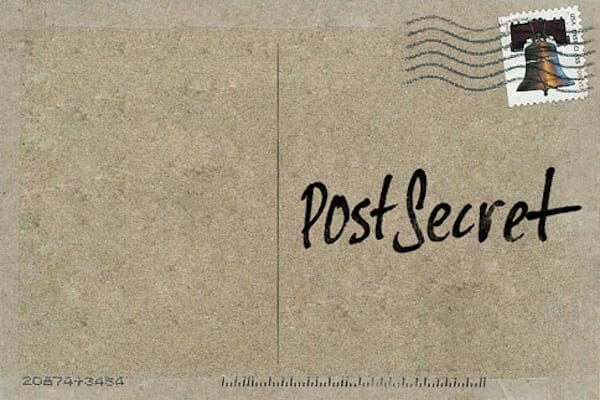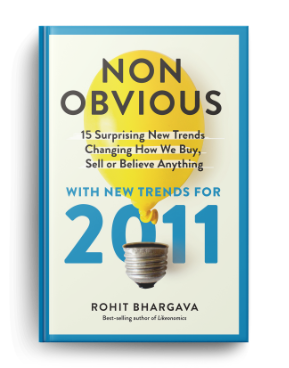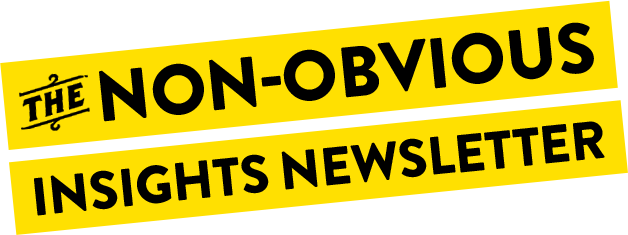Addictive Randomness
Creating “random” or unexpected content creates more engaging consumer experiences.

About This Trend:
Marketers know there is power in the unexpected. In a world oversaturated by information and content, consumers are creating strong connections with unusual topics, and organizations are engaging people through a wider variety of narratives and subject matter.
A classic example of randomness, PostSecret is a community art project featuring postcards with the secrets of strangers. The secrets are anonymous, surprising, and completely addictive to read. The site has become one of the most visited ad-free sites in the world, and founder Frank Warren spends most his days on tour with thousands of postcards or for one of his three PostSecret books.
Google’s app, Google Arts & Culture, created a viral frenzy with a tool that matches your face to faces from paintings in their archives. Google understood that to make something truly engaging, it has to feel personal and novel, and give people something to talk about (even if its just a doppelganger from a classic painting).
People crave information, but to get them to stick around, return for more, or make a purchase, the information has to feel authentic, unexpected, and personal.
Trend Longevity Rating
Relevant For:
Originally Published In:









